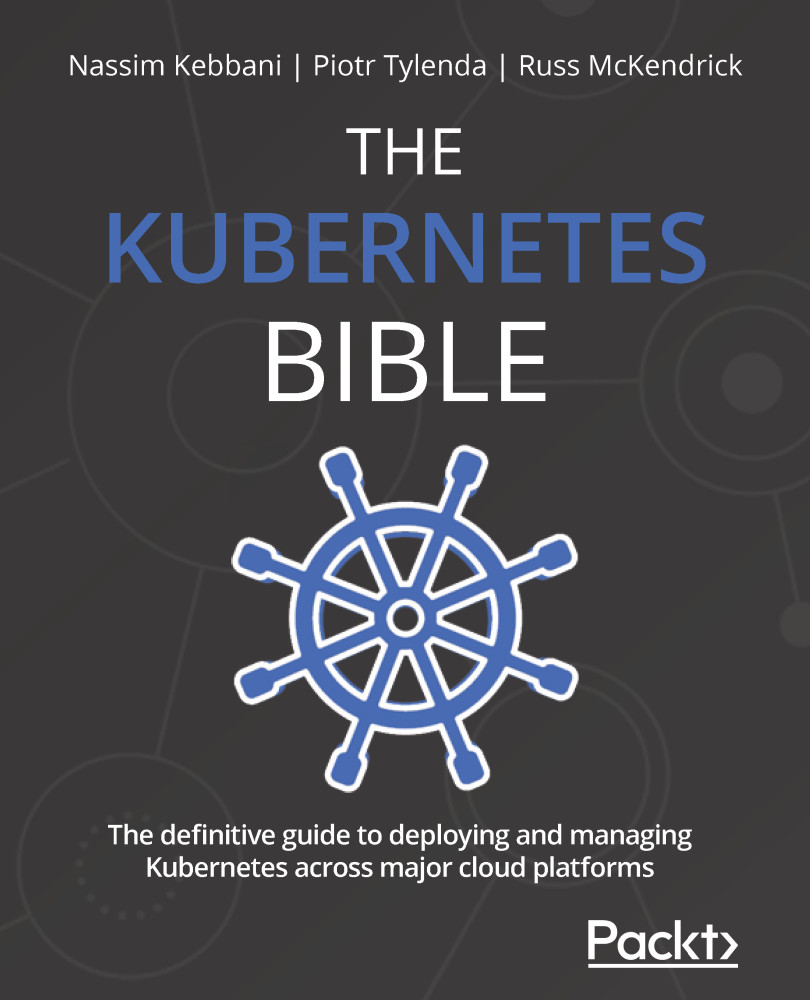Summary
In this chapter, you have learned about autoscaling techniques in Kubernetes clusters. We first explained the basics behind Pod resource requests and limits and why they are crucial for the autoscaling and scheduling of Pods. Next, we introduced the VPA, which can automatically change requests and limits for Pods based on current and past metrics. After that, you learned about the HPA, which can be used to automatically change the number of Deployment or StatefulSet replicas. The changes are done based on CPU, memory, or custom metrics. Lastly, we explained the role of the CA in cloud environments. We also demonstrated how you can efficiently combine using the HPA with the CA to achieve the scaling of your workload together with the scaling of the cluster.
There is much more that can be configured in the VPA, HPA, and CA, so we have just scratched the surface of powerful autoscaling in Kubernetes!
In the last chapter, we will explain how you can use Ingress in Kubernetes...
































































